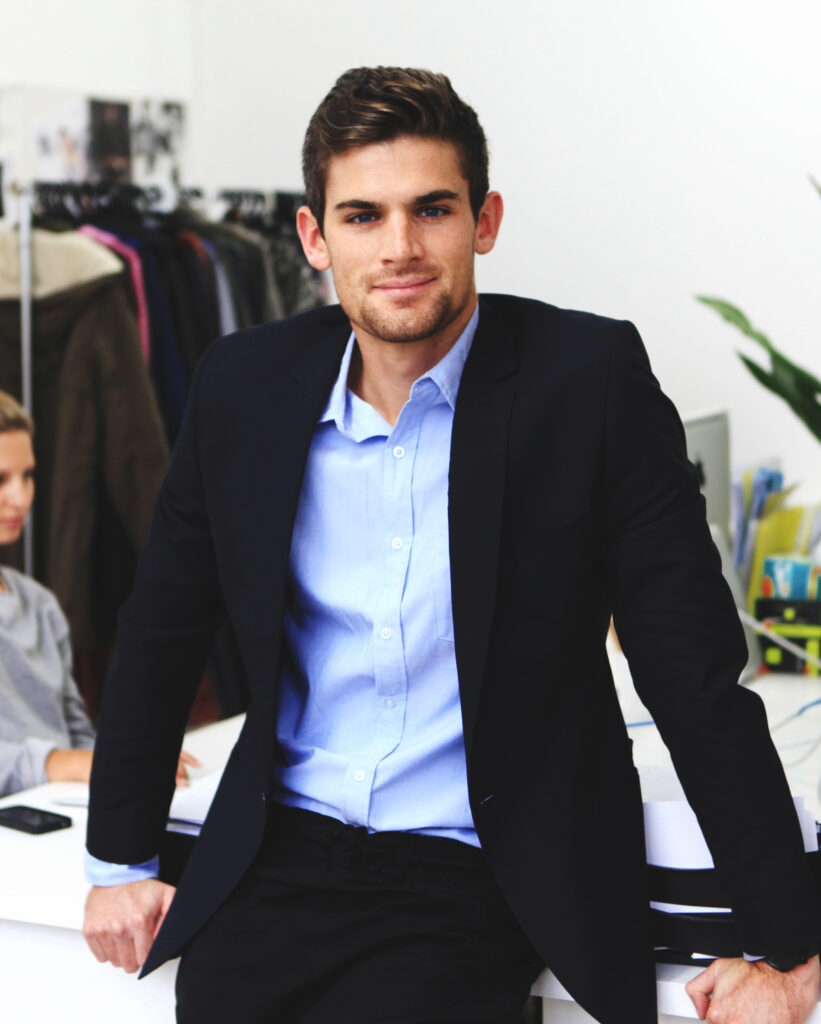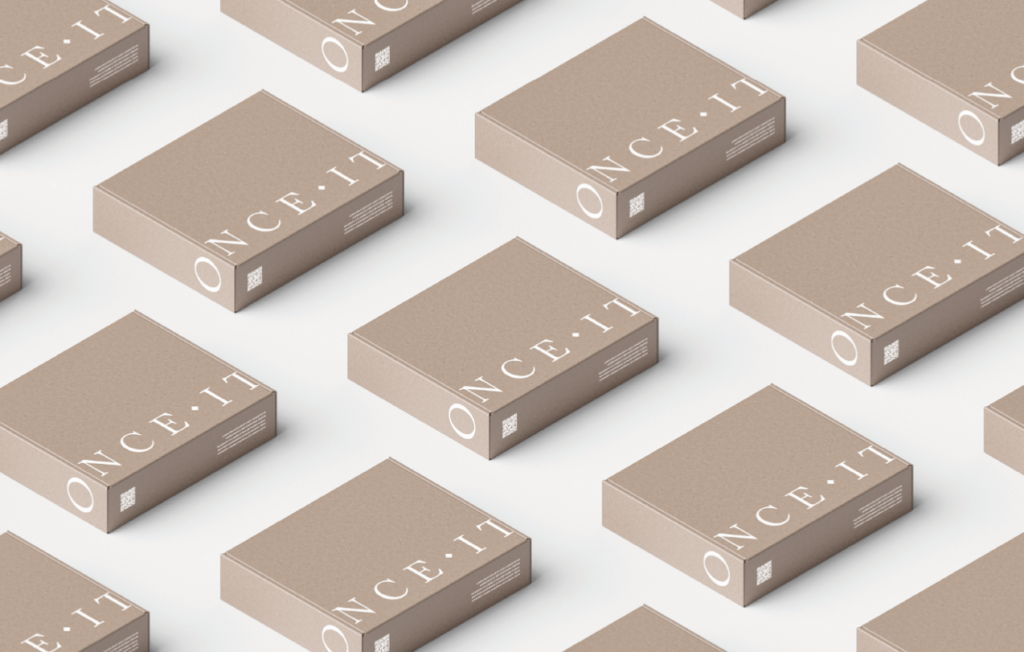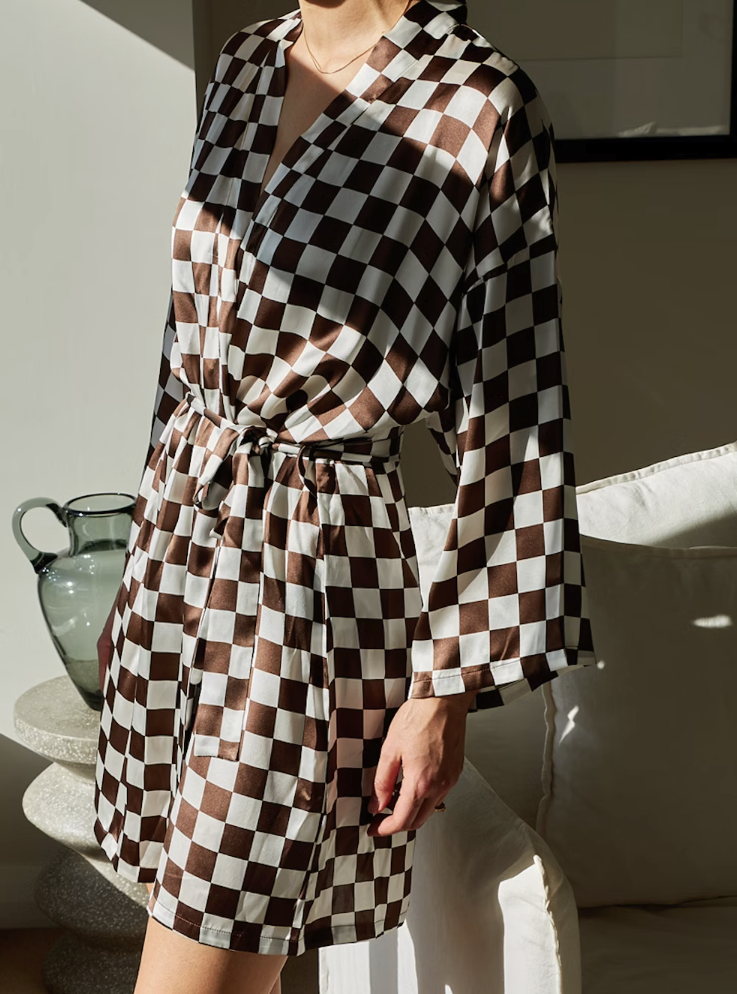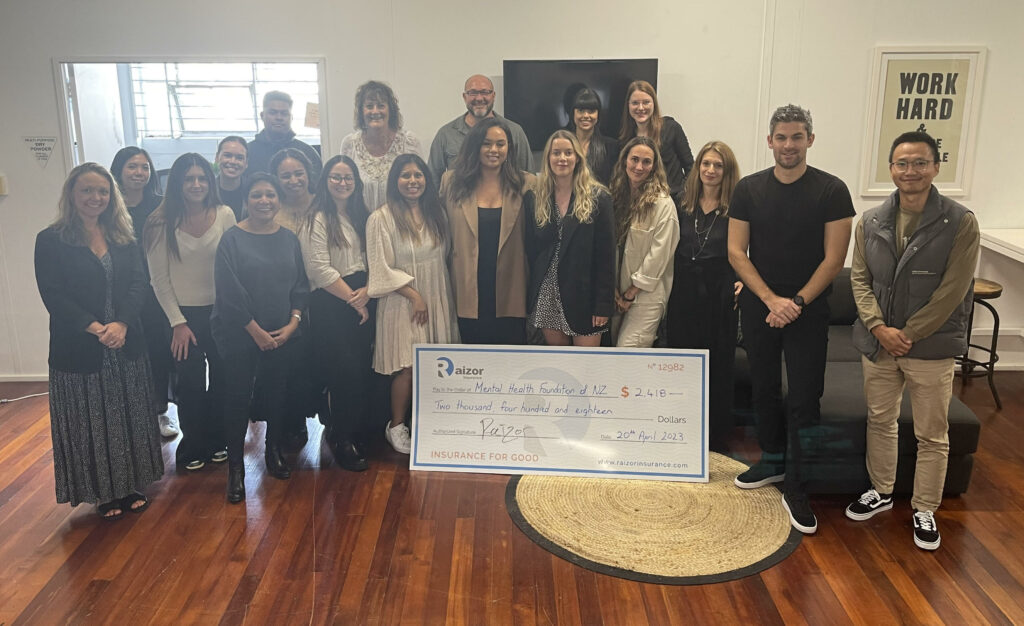Back in 2010, when Jay Goodey was looking to create an online equivalent of the sample sales and ‘friends and family offers’ often employed by premium fashion labels, he was just 20 years old and had around $20,000 to invest in the business.
Jay says he was too scared to spend any money and thought he was “going to go under any day”, but that frugality seems to have stood him in good stead because, up until this year, the company had been profitable for almost every month of its existence and flew in the face of many of the other tech startups and ecommerce platforms with vague hopes of eventual viability.
Goodey says he’s not really the kind of person to sit back and smell the roses and is always looking ahead, but even though ecommerce was in its infancy in New Zealand when the site launched, it was clear there was plenty of demand from both buyers and sellers.

"I remember thinking ‘how will we ever get past $10 million? How could we possibly work harder than we are working now and scale this thing?’ Then all of a sudden we were at $20 million.”
Jay Goodey
It was a bit of a hard sell at the start, he says, but things started to snowball once the first brands came on board and he had some leverage.
“Tell Coke that Pepsi is in and tell Pepsi that Coke is in,” he laughs.

Fast work
In the early years, the company was growing by 100-150% per year and the business made it onto the Deloitte Fast 50 in 2013 and 2014. Maintaining that level of growth is almost impossible as a company matures, and this rate of growth can be hard to handle, although the problems can usually be solved by working with the right advisors, hiring the right staff, and implementing the right processes.
“Every year we were in new territory. Some of it was rinse and repeat but we’d have to move warehouses again, or put in new systems and work quite long hours to try and navigate that. You don’t know what you don’t know and we probably could have skipped some of those headaches,” he says. “… I remember thinking ‘how will we ever get past $10 million? How could we possibly work harder than we are working now and scale this thing?’ Then all of a sudden we were at $20 million.”
Covid ups and downs
The Covid years were bumpy logistically, but bumper years financially, with revenue reaching the $30 million mark (Goodey says Onceit currently has between 150,000 and 200,000 active customers).
The various lockdowns meant many physical shops were closed, and people stuck at home with money to spend meant online retail was booming, and lots of companies didn’t have their ecommerce platforms working that well.
“We were in the right place at the right time,” he says.
The year after that was also pretty solid, but in late 2022 and into 2023 the hangover started to kick in and profitability dipped.
So, after more than a decade of moving steadily upwards, what did it feel like to go backwards?
“It felt terrible. We had to undo a lot of things. It was super tough, but everything was explainable. That was the rallying cry: it all makes sense and this is what we’re going to do.”
Things have started to improve recently, he says, but like all the best and most driven entrepreneurs, Goodey has chosen to see it as a learning experience. He says it helped him to be more empathetic and, from a business point of view, potential failure is often much more forensic than continued success, so he and the team looked closely at everything, figured out what needed to be done and made some tough decisions.
The majority of Onceit’s revenue comes from buying stock and selling it (sometimes in reverse order) and it also sells its own private label goods, creating its own brands that it can sell at a higher margin. It also has a marketplace where brands can sell their products, with Onceit taking a commission on sales.
Onceit added technology that made it easier for brands to be onboarded to the site and the expectation was that a significant range extension would lead to more sales. An advertising model, like that used by Amazon (which brought in almost $US40 billion in 2022), Facebook and Google, could drive sales. It didn’t work as expected.
“We’ve had to rip the plaster off pretty hard and cull some of the range. Everything had been pointing north towards the marketplace for the past few years but we’ve said we’re not going to do that.”

And it’s working. In July this year Onceit recorded its most successful sales campaign, by revenue. The offer was for a locally produced handbag. “It wasn’t our highest day ever - that was around Christmas - but it’s looking like our highest month."
Jay Goodey

Instead, Goodey says that Onceit decided to go back to basics and focus on its high margin categories and growing its private label sales. He still sees potential in the marketplace, but it will be more niche and focused on premium brands, which customers rely on Onceit to find.
There is more capital outlay required to buy and store stock or develop brands, but also bigger reward in the form of higher margins. At present, he says third party sales make up around 35% of gross profit, with the remaining 65% coming from first party sales. Of that 65%, private labels make up around 25%, but he believes that could eventually increase to 50%.
And it’s working. In July this year Onceit recorded its most successful sales campaign, by revenue. The offer was for a locally produced handbag. “It wasn’t our highest day ever – that was around Christmas – but it’s looking like our highest month,” he says.
When Onceit kicked off, other daily deal sites like 1-Day and Groupon were getting plenty of attention, and Goodey says Onceit was probably lumped in with them because it also ran some time-sensitive offers. Now he classifies Onceit as more of a ‘value retailer’, with some limited-time-only deals that sell out quickly, and other discounted products that are available for longer.
There were so many people setting up websites and thinking if I build it, they will come, but it’s pretty much the opposite of that. It’s really difficult to get people to go to a website and that’s why merchandising and marketing is so crucial.”
Jay Goodey
A measure of success is not just in sales, it’s in the quality of the brands on offer such as Adidas, Doc Martens, Elizabeth Arden and Man o War wines, and the longevity of their connection with OnceIt.
“We’re really proud of the brands that we work with. About 300 to 400 suppliers have been with us since the early days. To have long standing relationships with global brands in this part of the world is really hard.”
It helps too that commerce as a category has earned consumer trust. Before ecommerce really took off, there was a fairly common belief that no-one would buy shoes or clothes online because there was no way to try them on, (now many of the top ecommerce sites are fashion-oriented, due in part to customer friendly return policies). The same was true when it came to online furniture sales, but they have also risen sharply and Goodey says he has been slightly surprised at the success of this category. Onceit started selling furniture and homewares around six years ago, expanded its range by 600% during Covid, and basically operates a ‘dropshipping’ model.
“The more you touch furniture the less margin there is,” he says, and because the furniture typically ships from the manufacturer directly to the customer, that increases the margin. He says more focus will be put on “bigger ticket items like furniture where building up range can be quite challenging” in the coming years, and the beauty category is also another area of growth.
Punakaiki Fund’s involvement with Onceit started in 2015 when it purchased a 15% stake. Lance Wiggs was the independent director prior to that, Goodey says, so he understood the business well. Punakaiki later increased its stake to just over 25%, and the entire investment has been paid back in the form of dividends. Lance is very happy with the result, and impressed with the response of the company to the tough post-COVID trading. Simon West, a senior executive at The Warehouse Group, and a man with a huge amount of retail experience, is Chair of the board of directors, and shareholder, and Goodey says the dynamic between the two is fantastic.
Goodey says many direct-to-consumer ecommerce brands tend to spike before dipping. They’re often more of a product than a business and they can fall out of favour quickly. Onceit is a business with many products – including some of their own – and a range of revenue streams.Following the lessons of the last few years, Jay is confident the business is well-insulated from that volatility and will continue to grow.
“I’ve learned a lot, but fundamentally retail should be fairly simple. You sell stuff for more than you buy it. Online retail is the same principle as traditional retail, but you just have a slightly bigger shopping mall – and a few more international competitors.”